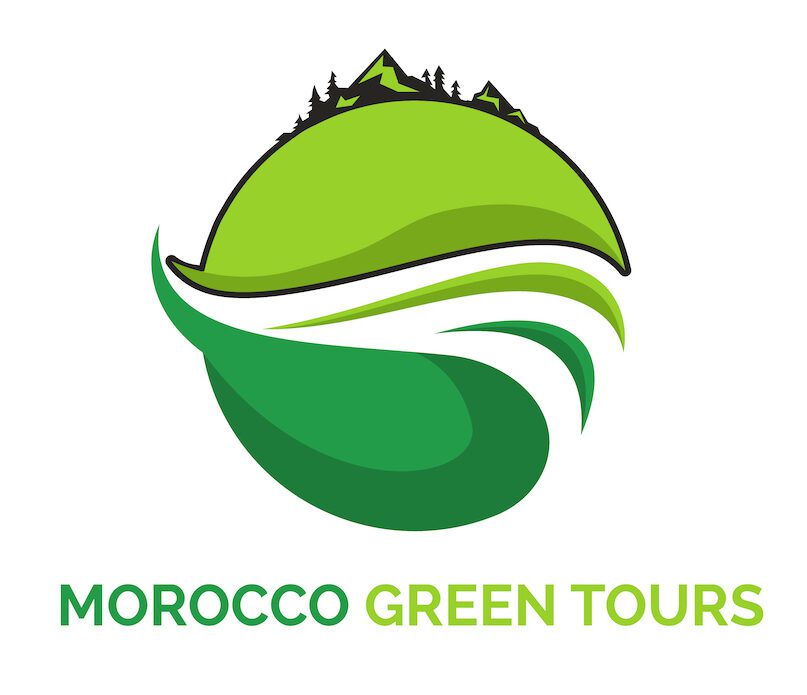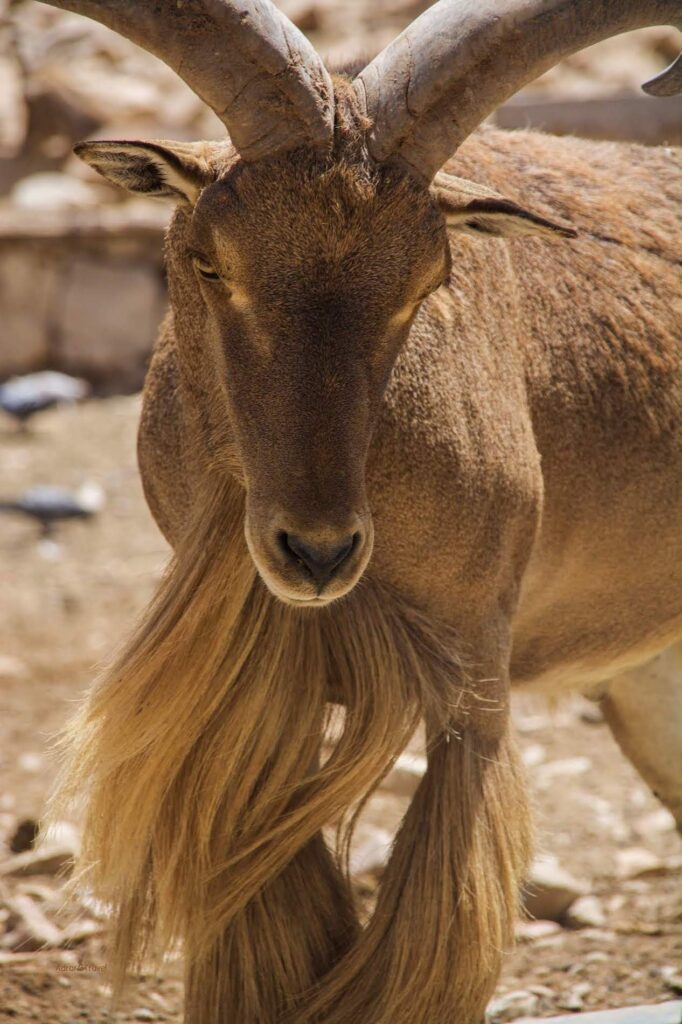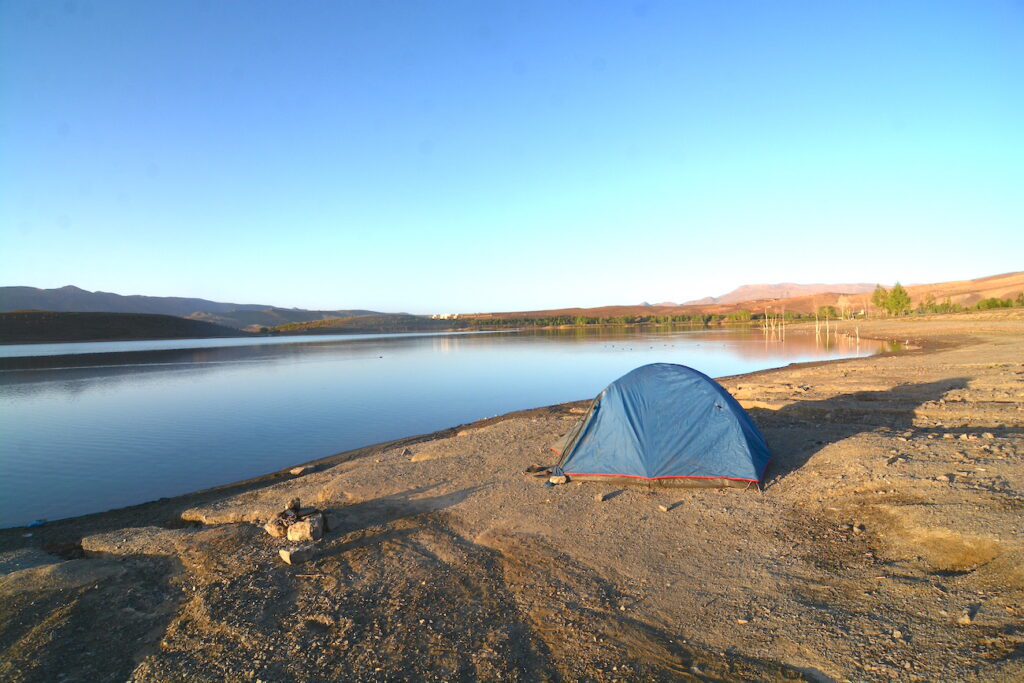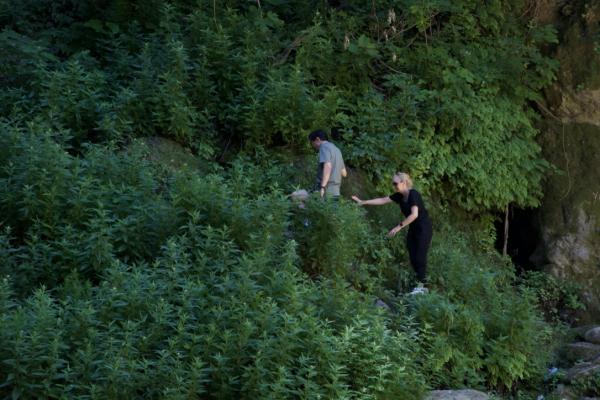Toubkal National park
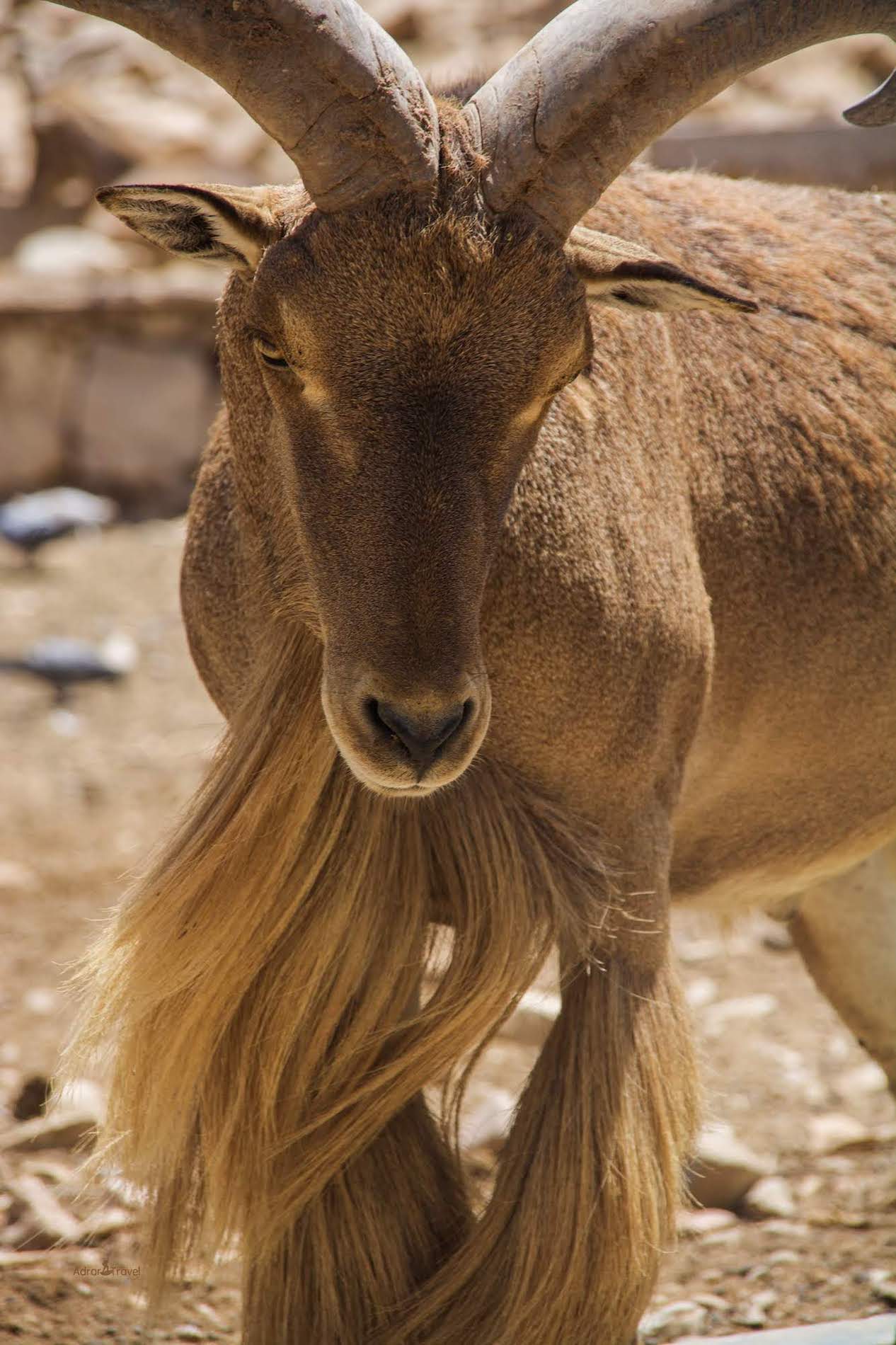
The national park of Toubkal
Toubkal national park was created national park in Morocco in 1942 with a surface of 380 square kilometers, Situated 70 km southwest of Marrakech. Toubkal national park has exceptional biodiversity that attracts travelers worldwide. The park is one of the most well-known for Trekking in Morocco and green travels, its peak is the highest in all North Africa with 4168M altitude.
Toubkal National park is of one the parks that are rich in fauna and flora. In addition, its flourishing Atlas mountains valleys and unique landscapes attract travelers from all over the world for any mountain adventures.
Toubkal National park trekking

Mount Toubkal has over 7 summits that are over 3000m altitudes, with its flowery spring, snowing winter, and unique culture of the Amazigh people in the valleys, Toubkal becoming the most visited mountains in the country. Climbing Toubkal is average to hard depending on the season and weather conditions. reaching the peak can only take 2 days if you are a good hiker.
The village of Imlil 66km from Marrakech is where most of the trekking trips begin, This village can offer all the hiking gear you may need as well as guiding and mules for luggage if you want to make it a longer hike.
Here are two examples of how to climb the peak of Toubkal in a few days:
2 days trekking to the peak of Toubkal
6 days trekking in Toubkal national park
Summit of Toubkal can be very busy during summer, but there are some off-beaten tracks to explore in the park. In addition to the Toubkal peak in the national park, there are several peaks you can climb:
- Azrou Tamadout – 3,664 m
- Ouanoukrim – 4,089 m
- L’Aksoual – 3,995 m
- Plateau de Tazarhart – 3,995 m
- Ineghmar – 3,892 m
- Bou Iguenouane – 3,882 m
- Le Tichki – 3,753 m
The Toubkal national park wildlife:
Fauna and flora are varied in this Moroccan national park, it’s home to some unique and often endangered animals like the Barbary sheep and the Magot monkey. Also, some rare birds such as Bearded vultures live only in this national park.
15% of the park is a forest, consisting of over 100 medicinal plants as well as some unique trees such as Thuriferous Juniper which is highly endangered.
